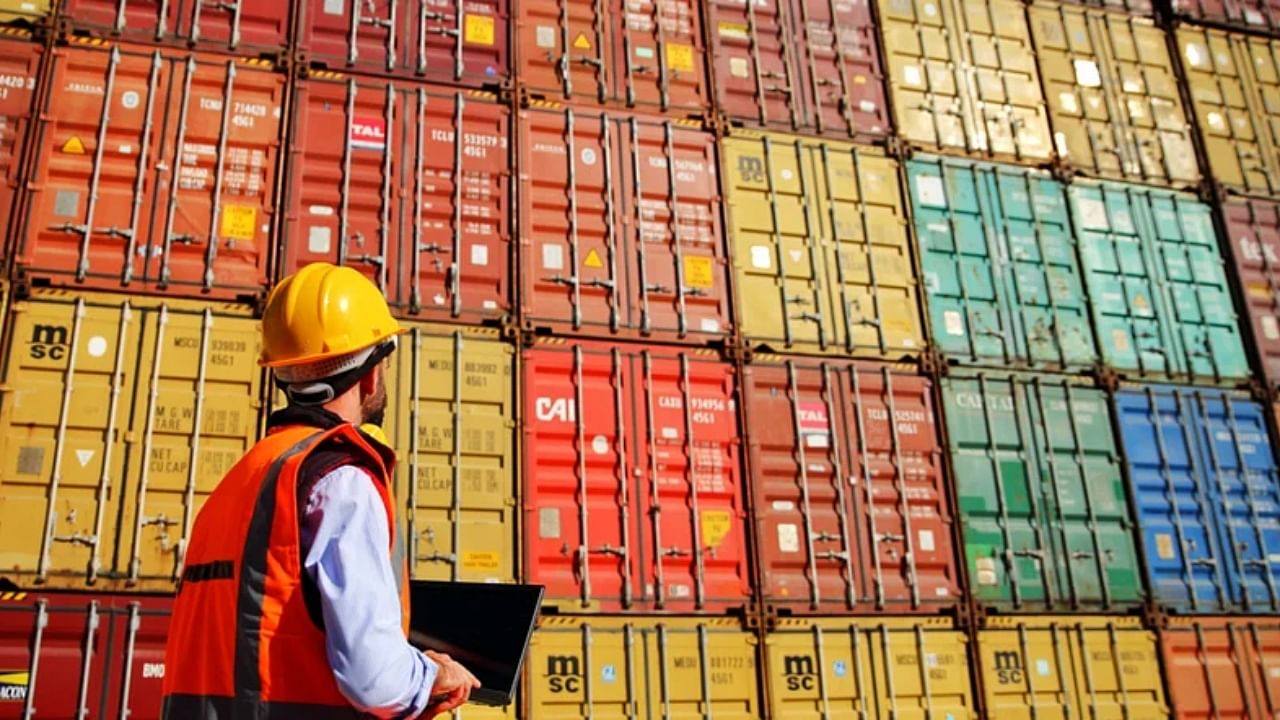
Representative image of a shipping port.
Credit: iStock Photo
Strife around the Red Sea has caused significant disruptions in international trade. Despite this disruption, global shipments from India have increased in the past three months, partly because of geo-political heft and a proactive support by the government in facilitating easier access to credit and lowering of non-tariff barriers, analysts said.
President of S&P Global Market Intelligence Adam Kansler said India’s ambition on macro-economy and geopolitical heft have played out in its trade relationships. “Equally interesting is how India is developing new partnerships by looking at overlapping economic agendas and mutual trust,” Kansler added.
When crude oil prices soared following the outbreak of the Russia-Ukraine war in 2022 India boosted its imports of petroleum products from Moscow as the price there was cheaper due to the Western sanctions.
Similarly, India has taken proactive steps to diversify its exports to weather the challenges arising out of the slowdown of demands in the US and European markets.
Kansler noted that India’s exports have grown by nearly 130% and imports by 125% in the last 15 years. “Sectors like energy, machinery and electronics are the key drivers,” he said.
India’s merchandise exports increased by 3.12% year-on-year to $36.92 billion in January. In December 2023 exports increased marginally to $38.45 billion as against $38.45 billion recorded in the same month previous year.
“Despite disruption in trade caused by strife around the Red Sea, exports have fared better than expected,” research and ratings agency Crisil said in a report.
It can be “partly attributed to proactive support by the government in the form of easier access to credit, creation of a task force to investigate non-tariff barriers, and tackling sanitary issues,” Crisil said.
Union Commerce and Industry Minister Piyush Goyal informed parliament earlier this month that a task force has been set up under the Department of Commerce, “to identify, categorise and develop tailored strategies” for resolution of non-tariff barriers.
Non-tariff barriers are trade barriers that restrict import or export of goods through means other than customs tariff. It includes issues like import licensing, cumbersome testing and certification requirements and unreasonable standards and rules.
In order to address the issues arising out of the Red Sea crisis, the Department of Commerce has held a series of meetings with different stakeholders including exporters and logistics, credit & insurance service providers, Commerce Secretary Sunil Barthwal said.
Barthwal said through the proactive measures the government ensured that there was no increase in insurance premium despite higher risks due to growing tensions in the Red Sea.
“It was our objective that we should be also to see that how they (exporters) can navigate through this difficult situation,” Barthwal told reporters after the release of the monthly trade data for January earlier this month.
Officials and analysts agree that the January trade data is better than expected. “The near-term challenge for India’s exports from the disruption caused by the Red Sea strife has been contained so far,” Crisil said.
“While the numbers are encouraging, caution is warranted. Rising global tensions and unevenness in global growth, mean maintaining export momentum will not be an easy task,” the rating agency said.
Product and market diversifications have also played a significant role in boosting India’s exports. According to the Ministry of Commerce and Industry data, 2105 new commodities were added to the exporting list in 8 years between 2015-16 and 2022-23.
“We are trying to create a much larger basket for ourselves in terms of exports,” said the Commerce Secretary, adding that the efforts have been taken to diversify exports both geographically and in terms of products.